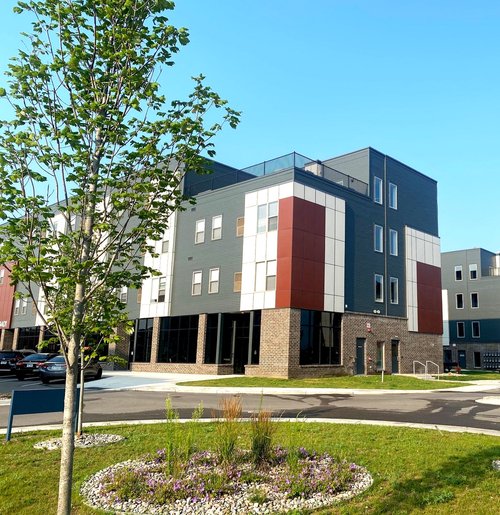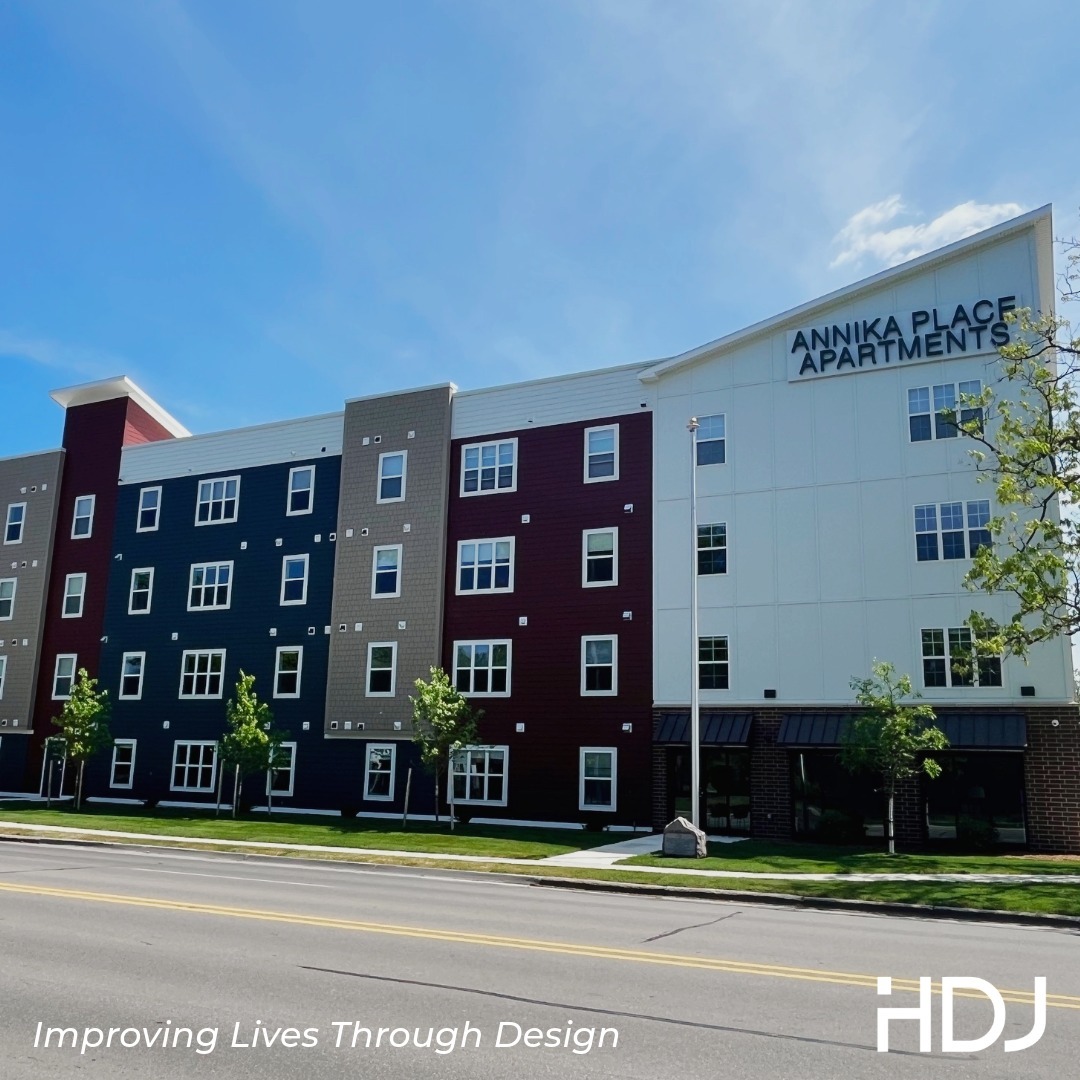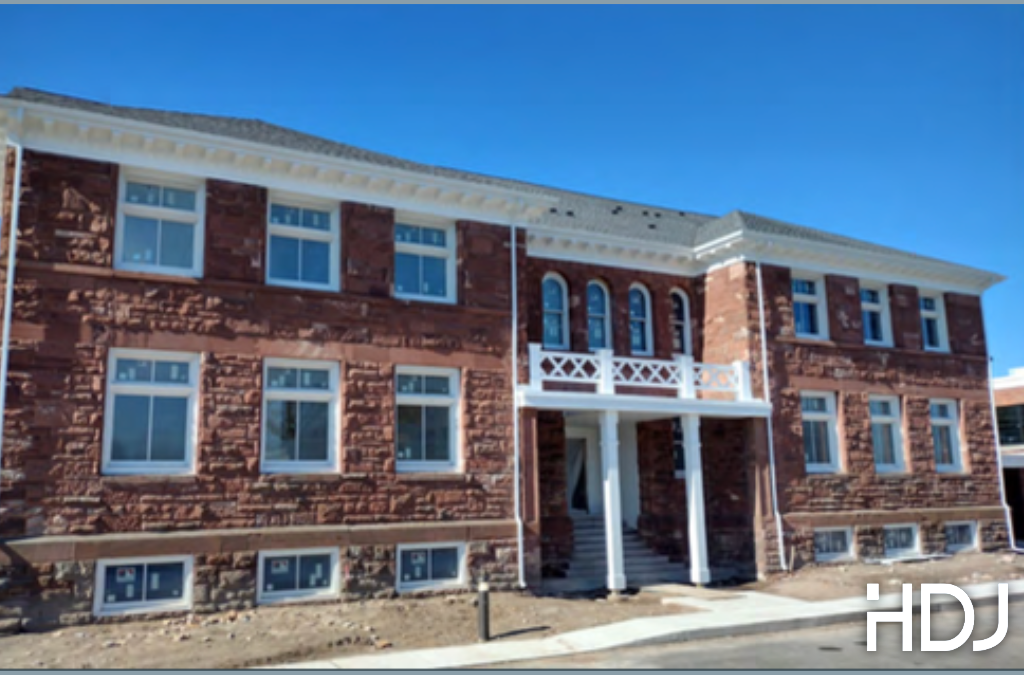Enterprise Green Communities (EGC) is a national sustainable building certification designed specifically for affordable housing. Established in 2004, EGC is being used by 27 states through their respective qualified allocation plan (QAP). These states have either incentivized or required the EGC standard for housing tax credit projects.
EGC certification is available to affordable housing developments throughout the United States. Since its founding in 2004, nearly 130,000 affordable homes have achieved EGC certification. EGC certification involves a two-step process, pre-build and post-build.
EGC introduced its new iteration, 2020 Green Communities Criteria, in October 2020. While the 2020 EGC criteria continue to be defined by eight categories, new mandatory and optional criteria within them have been introduced. Overall, to achieve EGC certification new construction projects will now need 40 optional points while rehab projects will need 35 points. These new criteria were motivated by five themes:
- integrative design,
- path to zero energy,
- healthy living practices
- water standards
- resilience requirements
A few of the new highlights from the 2020 Green Communities Criteria include:
- 1.7 Resilient Communities: Strengthening Cultural Resilience: This criterion encourages developers to think more holistically about community and resident participation.
- 2.15a and 2.15b Access to Broadband: Broadband Ready and Connectivity: This criterion was designed to encourage developers to help close the digital divide within rural and urban communities.
- 4.3 Water Quality: In the past, the EGC’s focus has been on water conservation but found it didn’t do enough to further water quality.
- 5.1a-5.5b “Path to Zero”: This category creates a newly defined path to reduce energy emissions and a new level of certification, Enterprise Plus.
HDJ, Inc. is a leading national design firm providing architectural and engineering expertise to support the affordable housing industry throughout the United States. HDJ’s diverse portfolio includes successful outcomes with adaptive reuse renovation, acquisition rehab, new construction, historic preservation and RAD.
Author: Josh Hahn




